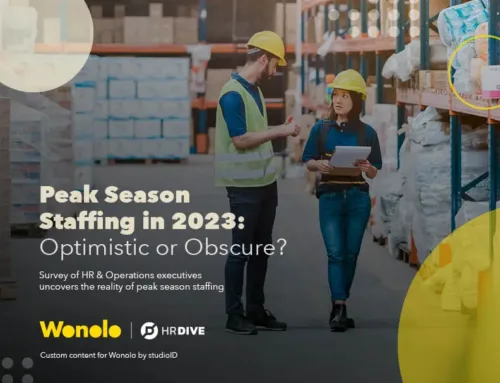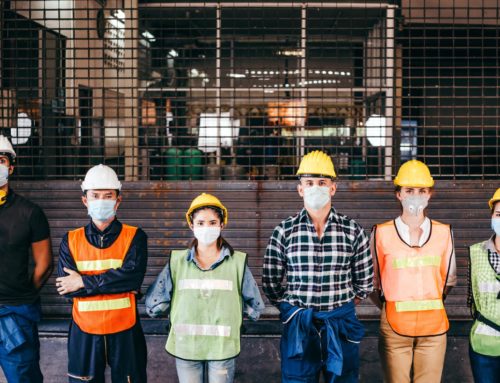Wonolo
The job report for April showed that average hourly earnings rose by 21 cents to $30.17 in April – prompting cheers from workers and raising questions about what’s behind the increase.
Many conclude that companies are increasing pay to attract workers and to overcome the generous unemployment benefits the government is providing. (Right now, the average unemployed person receives about $645/week in unemployment benefits , equivalent to $16/hour for a 40-hour work week.)
Indeed, data shows companies are having trouble attracting workers and pay is one of the best incentives businesses can use to overcome this challenge. At Wonolo, we have observed increased competition for workers and we wanted to understand if the average pay offered by third-party businesses on the platform was increasing as a result. We analyzed the pay and workers’ interest in jobs across our top markets for March 1st to April 12th. We chose this range because, on March 11th, President Joe Biden signed a bill that provides $300/week in additional benefits to unemployed workers.
When we look across our top markets, we see pay is rising in some areas. For several markets, the pay posted by businesses is up dramatically:
- Denver, CO: +19% , +$6.79
- Raleigh, NC: +10%, +$1.45
- Fort Worth, TX: +9%, $1.18
- Tampa, FL: +5%, +$0.75
- Scranton, PA: +4%, +$0.51
It’s important to note that Wonolo doesn’t set the pay for jobs posted on our app; companies propose the pay and workers choose which jobs to accept. Though we have been encouraging companies to increase their proposed pay and recently launched an initiative to ensure workers using Wonolo have the opportunity to earn a Living Wage.
The increase in the five markets above doesn’t tell the whole story, however. Because at the same time that pay was increasing in these markets, the demand for workers was also increasing. In other words, companies that offer higher pay were posting more jobs on Wonolo than previously, so that also drove up the average pay.
Another way to evaluate whether the stimulus checks and unemployment benefits are to blame for the worker shortage is to look at the activity of workers themselves. Already, we’d previously asked workers whether they planned to work less because of the stimulus money; only 1.6% said they planned to work less.
While labor shortages abound across the country, curiously, we saw a slight increase (13%) in workers completing jobs posted on Wonolo in mid-March, suggesting the stimulus checks and unemployment benefits weren’t keeping workers away.
We still don’t know the exact impact the stimulus checks and unemployment benefits are having on businesses that post jobs on Wonolo or the broader economy. It’s a very complex labor issue and one we’re watching closely. We know many people need financial help and are encouraged at some of the early, if inconclusive, economic data that show businesses are increasing pay to welcome workers back to the workforce. We encourage all companies to pay workers a Living Wage.


![[Report] Beyond the Gig: Exploring Reliable Work Options for the Modern Workforce](https://info.wonolo.com/wp-content/uploads/2023/10/Worker-Preferences-Report-Header-Image-500x383.png)



